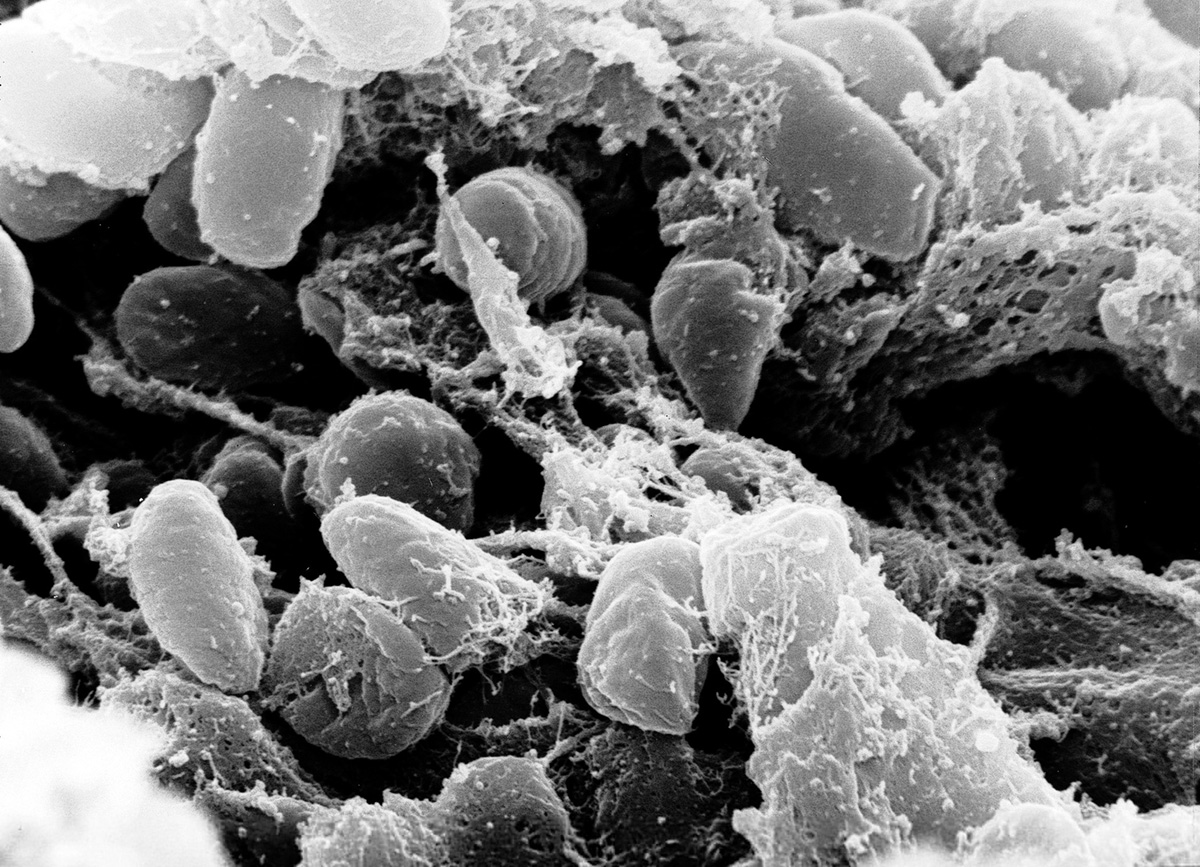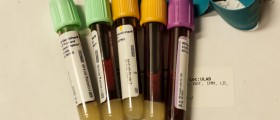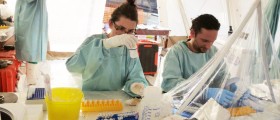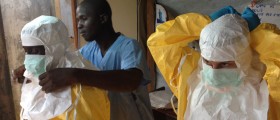
Septicemic plague is a life-threatening blood infection caused by a gram-negative bacterium called Yersinia pestis. It features with disseminated intravascular coagulation (DIC) and leads to lethal outcome in many patients. The presence of the bacterial endotoxins is the actual cause of disseminated intravascular coagulation and all the accompanying symptoms and signs of the disease. Intravascular coagulation features with both, formation of tiny clots throughout the body which consequently lead to ischemic necrosis and depletion of the body's clotting resources which results in inappropriate control of bleeding. All the previously mentioned affects many organs and organ systems and may eventually lead to death. The bleeding into the skin features with red or black patchy rashes. The patients may also vomit blood or there may be blood in sputum.
The infection is spread by the bite of rodents and in some cases cats. They get the infection from fleas. So the bottom line is that fleas are the main culprits of continuous spread of the infection.
Symptoms of Septicemic Plague
This life-threatening medical condition is accompanied by nausea and vomiting, severe headache, fever, chills and abdominal pain. Patients may also be in a delirium, their heart beats rapidly and they may even develop seizures. Confusion is one more characteristic of septicemic plague. Bleeding may affect any part of the body. If there is bleeding in the skin, the skin is covered with red or black rash and in some cases severe bleeding may cause blackening and/ or decaying of extremities. This condition is also accompanied by shock.
The symptoms and signs develop rapidly and this is why septicemic plague represents an urgent medical condition.
Diagnosing Septicemic Plague
After asking about medical history the doctor promptly performs physical examination of the patients. Setting of the definitive diagnosis may be challenging but this does not delay timely administration of certain medications. Differential diagnosis in this case includes several more medical conditions including lymphogranuloma venereum, shigellosis, syphilis, cat scratch fever, and typhoid fever etc. Once other conditions are ruled out the definitive diagnosis can be set.
Treatment for Septicemic Plague
The treatment for septicemic plague must start as soon as possible. The patients are routinely hospitalized and put in quarantine. There is no time to wait for laboratory tests and the treatment starts even before the results are obtained. The most important thing is that patients are administered antibiotic as soon as possible. They also require supportive care and treatment of the accompanying symptoms and signs of the disease.










-and-Multiple-Sclerosis-Differences-And-Similarities_f_280x120.jpg)






Your thoughts on this
Loading...